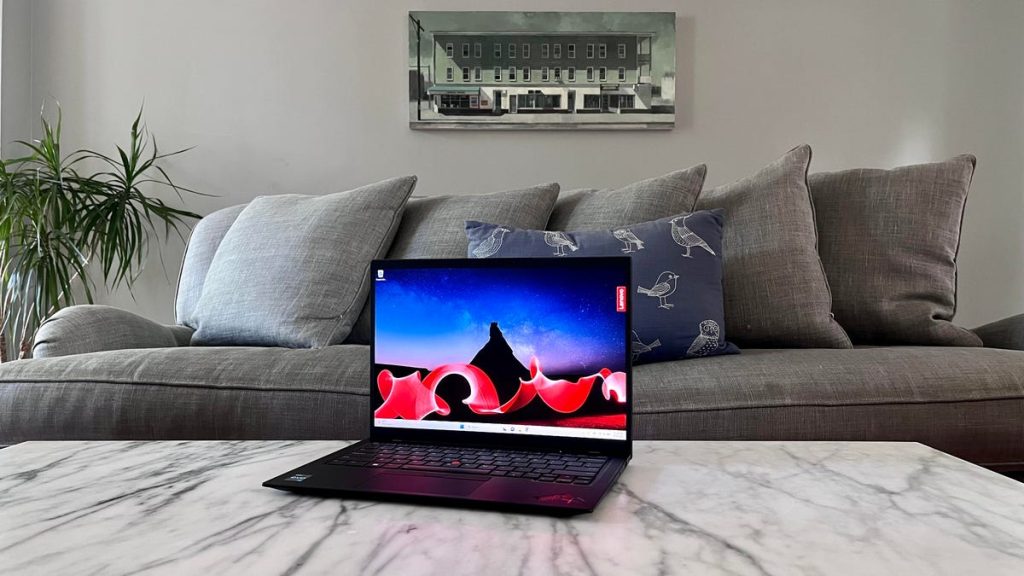When shopping for a new laptop, it can be overwhelming due to the wide range of options available on the market. To simplify the decision-making process, there are several key factors to consider. Price is often the starting point for many buyers, with the understanding that investing in a higher-quality laptop upfront can lead to better performance and longevity. While it is possible to find budget-friendly options, it is recommended to aim for a laptop in the $700 to $800 range for reliable everyday tasks, or upwards of $1,000 for more intensive work or gaming. It is also advisable to look for discounts to get more features for a lower price.
Another important consideration is the operating system. While both Windows and MacOS offer similar functionalities, personal preference and budget play a role in determining which system to choose. Windows laptops provide more variety and price options, while MacBooks offer a premium experience with a higher price point. For those on a tight budget, Chromebooks can be a suitable alternative for basic tasks that involve web browsing, writing, streaming, or using cloud services.
Size and weight are significant factors to think about when selecting a laptop. The size is primarily determined by the screen, which influences the battery life, thickness, weight, and price of the laptop. Additionally, the screen resolution is another essential aspect to consider. Higher pixel density results in sharper text and graphics, making it crucial for tasks like gaming or creative work. When selecting a laptop, it’s essential to prioritize systems with a dot pitch of at least 100 pixels per inch for optimal clarity.
The processor, often referred to as the CPU, serves as the brain of the laptop. Intel and AMD are the main CPU manufacturers for Windows laptops, while Apple designs its own chips for MacBooks. Faster processor speeds and more cores generally lead to better performance. Graphics processing units, or GPUs, are responsible for driving the screen and optimizing graphic-related tasks. Integrated GPUs are part of the CPU package, while discrete GPUs offer dedicated memory and improved performance for gaming, video editing, and other graphics-intensive activities.
Memory and storage are crucial components to consider when purchasing a laptop. It is recommended to have at least 16GB of RAM for optimal performance, with 8GB being the minimum acceptable amount. Many laptops now feature soldered memory, which cannot be upgraded, so it’s essential to confirm the specifications before making a purchase. Solid-state drives (SSDs) have largely replaced traditional hard drives in laptops due to their faster performance. Investing in a higher-capacity SSD, such as a 512GB model for gaming laptops, can prevent performance issues and ensure smooth operation. By evaluating these key factors, buyers can make an informed decision when choosing a laptop that meets their needs and budget requirements.












